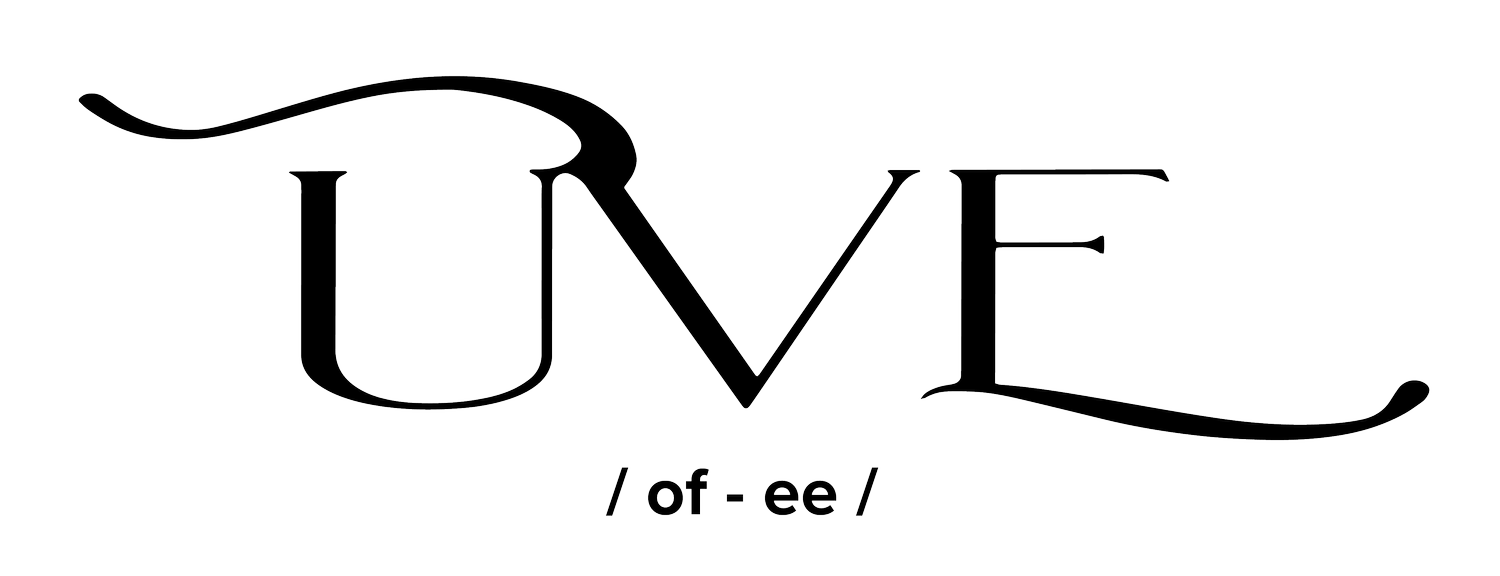How to Create a Cattle Pasture for Optimum Flavor and Fat Cover in Grass-fed Beef
This article was written for the Countryside Network and published online July, 2017. Creating the right blend of forages and grasses in a pasture to finish (fatten for slaughter) grass-fed beef is not as simple as turning the cattle out to grass. It requires timing the “finishing season” for maximum flavor and health benefits. Everything the animal eats will impact the flavor of the meat. The plants the animal eats will impact flavor differently depending on the age of the plant. Is it a young, new grass? Is it old and lignified? Once this delicate balance of plant type and age is figured out, and can consistently produce high-quality beef, word will spread about the flavor of the grass-fed beef.Grass-fed beef and grass finished are sometimes used interchangeably as terms to describe cattle who only ate grass their whole lives. To finish cattle means to grow them to a certain age and fat cover to be ready to slaughter. A grass-finished product means that the animal ate only grass their whole lives. Grass-fed generally means this too, but some companies are advertising grass-fed beef when really the animal was fed grass most of their lives but supplemented with corn or other high-concentrate feeds at the end of their life. When purchasing grass-fed beef, it is important to ask about the finishing process to understand the health benefits, environmental impact and other factors that are important to most consumers.[button1 size="small" width="standard" link="https://countrysidenetwork.com/daily/livestock/cattle/create-cattle-pasture-optimum-flavor-and-fat-cover-grass-fed-beef/" animate="none" color="default" color_custom="off" border_radius="0"] READ MORE [/button1]
Creating the right blend of forages and grasses in a pasture to finish (fatten for slaughter) grass-fed beef is not as simple as turning the cattle out to grass. It requires timing the “finishing season” for maximum flavor and health benefits. Everything the animal eats will impact the flavor of the meat. The plants the animal eats will impact flavor differently depending on the age of the plant. Is it a young, new grass? Is it old and lignified? Once this delicate balance of plant type and age is figured out, and can consistently produce high-quality beef, word will spread about the flavor of the grass-fed beef.Grass-fed beef and grass finished are sometimes used interchangeably as terms to describe cattle who only ate grass their whole lives. To finish cattle means to grow them to a certain age and fat cover to be ready to slaughter. A grass-finished product means that the animal ate only grass their whole lives. Grass-fed generally means this too, but some companies are advertising grass-fed beef when really the animal was fed grass most of their lives but supplemented with corn or other high-concentrate feeds at the end of their life. When purchasing grass-fed beef, it is important to ask about the finishing process to understand the health benefits, environmental impact and other factors that are important to most consumers.[button1 size="small" width="standard" link="https://countrysidenetwork.com/daily/livestock/cattle/create-cattle-pasture-optimum-flavor-and-fat-cover-grass-fed-beef/" animate="none" color="default" color_custom="off" border_radius="0"] READ MORE [/button1]

